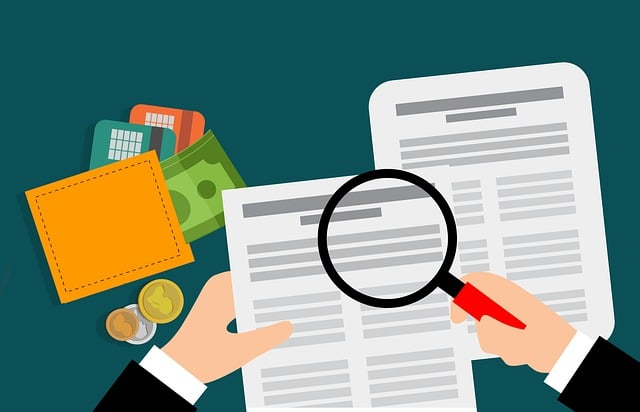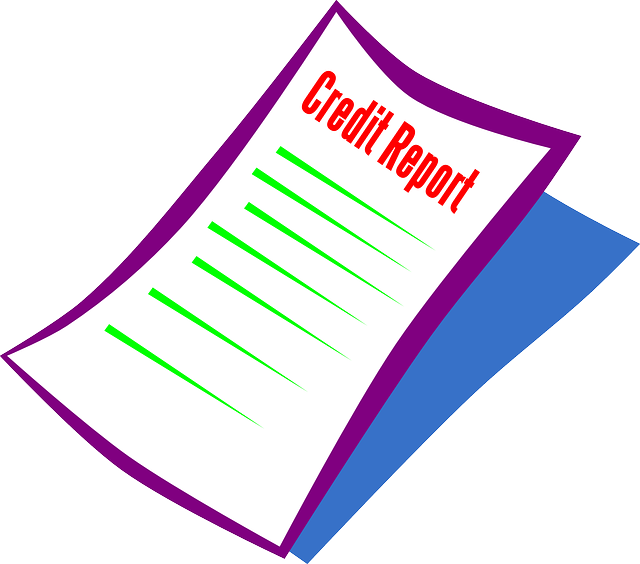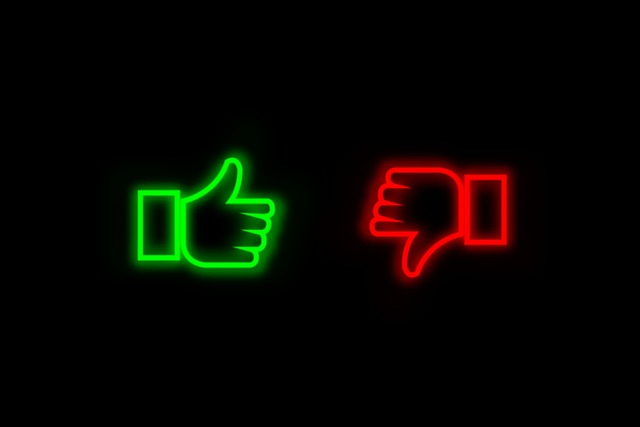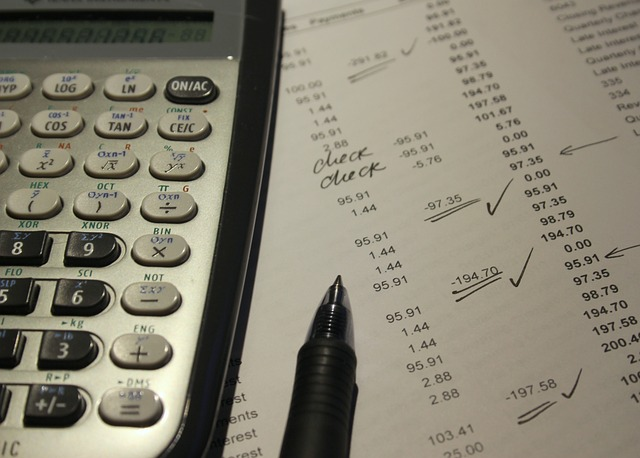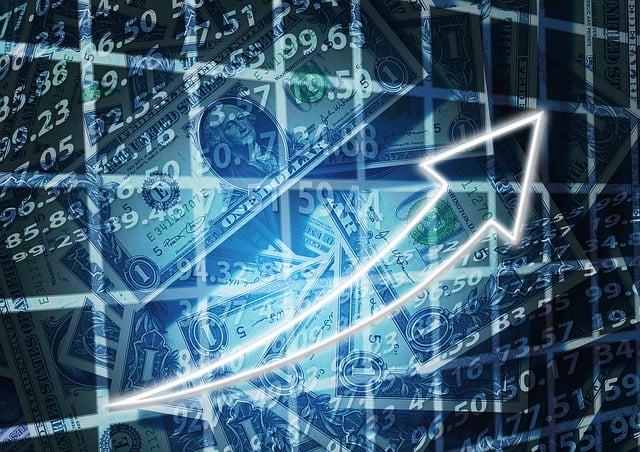Is a FICO Score of 600 Good or Bad Credit?
A FICO score of 600 is in the fair credit score range but on the lower end. That makes it a subprime credit score, which is generally considered bad or approaching a bad credit score.
A subprime credit score means you still have financing options, like a personal loan or credit card. But they’re more limited and will have higher interest rates and fees. If your score dips below 600 and below 580 specifically, you’ll enter bad credit score territory and have even more limited options.
Lenders consider it risky to loan money to borrowers with a 600 FICO score. According to Experian, 27% of consumers with a fair credit score are likely to become seriously delinquent in the future.
To put a credit score of 600 into perspective, 83% of the population has a credit score over 600. In 2022, the national average credit score was 714, meaning 600 is well below average.
FICO® Credit Score Ranges
Other credit scoring models exist, but FICO credit scores are the most widely used. Over 90% of the top lenders use FICO scores to make financing decisions. FICO score ranges are:
- Exceptional: 800-850.
- Very good: 740-799.
- Good: 670-739.
- Fair: 580-669.
- Poor: 300-579.
However, FICO score ranges are also based on a prime credit scoring model. Those ranges are:
- Super-prime: 720-850.
- Prime: 660-719.
- Near-prime: 620-659.
- Subprime: 580-619.
- Deep subprime: 580 and below.
What can I Finance with a Credit Score of 600?
Some lenders specialize in subprime lending, but the options are limited, and costs are higher. Here’s what you can expect when pursuing consumer financing with a credit score of 600.
Mortgages
Home loan lenders typically require a minimum credit score of 620 for a conventional mortgage loan. However, some programs could help homebuyers with a credit score of 600 to get approved.
The most well-known low credit mortgage options are government-backed FHA loans. You could get approved for an FHA mortgage with as little as 3.5% down with a credit score of 600. Credit scores between 500-580 require 10% down. Scores below 500 are not eligible.
Auto Loans
Most auto loan lenders prefer prime credit scores of 661 and above. However, getting a smaller car loan with a 600 FICO score could be possible if you make a larger down payment. But it’s more difficult, and you’ll pay a higher interest rate.
Credit Cards
Getting a credit card with a fair credit score is possible, but again, you’ll have a higher APR. In addition, The card will likely have a lower credit limit and may include an annual fee or other fees.
Traditional credit card issuers and dedicated subprime lenders both issue subprime credit cards. You could get an unsecured credit card, but getting a secured credit card would be easier, which requires a cash deposit to secure the credit line.
Subprime credit cards also won’t have the same rewards programs that come with prime or super-prime credit cards. Examples include cash back, low introductory APRs, discounts at certain stores or brands, frequent flyer miles, and reward points.
How are Credit Scores determined?
The three major credit bureaus, Experian, Equifax, and TransUnion, calculate your credit score based on the information in your credit report, called your credit history. It includes how many credit cards or personal loans you have, current credit card balances, loan debt, available credit, and more.
Each of the three credit bureaus produces a credit report, so your FICO score may differ at each bureau. They base your credit score on five key factors in your credit history. Each one is weighted differently:
- Payment history: 35%.
- Amounts owed: 30%.
- Length of credit history: 15%.
- Credit mix: 10%.
- New credit: 10%.
Payment History
Payment history is the most significant factor contributing to credit. Positive payment history leads to high credit scores. Late payments lower a credit score. Defaults, charge-offs, and foreclosures significantly lower credit. 39% of consumers with a 600-credit score have late payments of 30 days past due in their credit reports.
Amounts Owed
The amount of debt a person has is the second largest factor impacting credit. The credit bureaus use the credit utilization ratio (also called credit utilization rate or credit usage rate), which is the percentage of available credit currently being used. For example, a credit card balance of $1,000 on a $10,000 limit is a 10% credit usage ratio. Keeping credit utilization under 30% increases credit scores. People with exceptional credit (800-850) have single-digit credit usage.
Length of Credit History
Length of credit history, also called account history or time in file, refers to how long you’ve had active credit accounts. The longer an account is open, the better. It demonstrates an established history of managing credit and debt.
Credit Mix
While it only makes up 10% of your FICO score, having different types of credit is good. Examples include revolving credit, installment loans, and mortgages.
New Credit
Applying for new credit requires a hard credit inquiry, and each inquiry can lower your FICO score by five points. Hard credit inquiries stay on the credit report for two years but generally only impact your credit score for the first year.
Are there Small Business Loans for a Credit Score of 600?
Yes, there are small business loan options if you have a credit score of 600, but like with consumer financing, your options are limited. Commercial lenders consider your personal and business credit when approving loans. Personal credit scores are more important if you don’t have business credit yet.
Most traditional lenders, like banks and credit unions, won’t lend to small business owners with a FICO score of 600. Instead, you’ll likely have to apply to an alternative lender or marketplace.
Alternative business lending platforms often provide convenient online applications with fast approval and funding times. However, if applying for a subprime business loan, you’ll likely have higher interest rates and fees.
Examples of alternative business loans that could be available with a 600 FICO score include:
- Business line of credit.
- Business term loan.
- Equipment financing.
- Accounts receivable financing.
- Merchant cash advance.
- Revenue-based financing.
- Working capital loans.
Bad Credit Business Loans
While it’s theoretically possible to get the business loans listed above, a credit score of 600 is the minimum credit score cutoff line for some of them. For example, business term loans and equipment financing might be more challenging.
Some of the above funding options, like merchant cash advances or invoice factoring, are more accessible business loans with bad credit. Many lenders consider any loan for a credit score of 600 or below a bad credit business loan.
Most business loans for bad credit are modified to offset the risks of a low credit score. Small business loans for bad credit will likely have shorter terms, higher interest, and lower borrowing amounts than the same loan with a good credit score.
Getting a business loan with bad credit might require additional factors to get approved. For example, it might require a cosigner, collateral, or a personal guarantee.
One way to think of a business loan for bad credit is as bridge financing. You can use bad credit business loans for short-term working capital needs. Repaying the loan could help you get a better credit score and qualify for a more advantageous financing option, like SBA loans.
See our list of the Best Bad Credit Business Loans for more information.
Bad Credit Business Loan Pros & Cons
Pros:
- Accessible financing for borrowers with a low credit score.
- Could potentially help build or repair credit with timely payments.
- Might be able to use the funds to pay off existing debt.
- Quick and easy online applications.
- Usually fast approval and funding times.
Cons:
- Higher interest rates & fees.
- Lower borrowing amounts.
- Typically short-term financing with frequent repayments.
- Might require collateral or a personal guarantee.
- Could require automatic payment withdrawals.
- Fewer options for lenders and loan types.
Frequently Asked Questions
Here are the most common questions about credit scores of 600.
Is it difficult to raise a Credit Score of 600?
Getting higher credit scores is always possible but won’t happen overnight. Improving a FICO score requires adopting good credit habits and persistence.
How can I improve a 600 Credit Score?
The following actions and tips could help raise a low credit score.
Never Miss a Payment
On-time payments are the best way to improve credit. Payment history is the largest percentage of your score because lenders want to ensure borrowers make timely payments in full. Consider setting up automatic payments from your bank account or payment reminders to ensure you never miss a due date.
Pay Down Debt
Keeping credit usage below 30% will help increase your credit score. Getting credit utilization under 10% increases how fast your credit score recovers. If you’re dealing with massive credit card debt and having trouble managing payments, you might want to consider a debt consolidation loan or balance transfer card. This can help you lower your credit usage and organize your debt into a single, manageable monthly payment.
However, you must create a budget and avoid missed payments for this to have a positive impact on your credit. In addition, it’s vital that you don’t put more debt on your credit card(s) until the loan or balance transfer card is paid off. Even then, keep usage below 30%.
Don’t Close Old Accounts
Older credit accounts help boost your credit score by increasing the average age of accounts. In addition, closing a credit line could increase your credit utilization since it means less available credit.
Only Apply for New Credit if Necessary
Try to avoid applying for new credit since hard credit inquiries lower your score. However, if used properly, a debt consolidation loan or balance transfer’s positive impact on credit usage could outweigh the negative impact of new credit.
Open a Secured Credit Card
As mentioned, secured credit cards are more accessible for low-credit borrowers. You must make a cash security deposit into a savings account or certificate of deposit (CD) as collateral to activate the credit line. Using and quickly paying off the card can help repair damaged credit. An example would be the Platinum Secured Credit Card from Capital One.
Consider a Credit-Builder Loan
Credit-builder loans are typically for small sums, usually $1,000-$2,000. Instead of disbursing the loan funds immediately, the lender sets it aside in a savings account or CD. You make regular payments plus interest, which builds a positive payment history. Once it’s paid off, the lender releases the funds to you. This is also a good option if you have no credit history.
Work with a Credit Repair Service
A credit repair company or credit counselor can help you identify the issues dragging your credit score down and come up with a plan and budget to repair your credit. However, exercise caution when pursuing this option, as many credit repair scams exist. Look for reputable services with a proven track record. Avoid any service that overpromises on quickly raising your credit score.
Monitor Your Credit Reports
It’s also best to get into the habit of checking your credit reports. Outdated or incorrect information may be affecting your score. Removing those items could help you improve your score or prevent future credit score decreases.
How long does it take to Raise a Fair Credit Score?
Repairing damaged credit can take a few months to several years, depending on what’s impacting the score and other factors. The good news is that a credit score of 600 doesn’t have as far to go as a very bad credit score, like one under 500.
Negative marks remain on a credit report for seven to ten years but become less impactful the older they become. A credit score can take up to six months to bounce back from a late payment report. If credit usage is the issue, getting usage down to 30% could increase your score within a month or two.
Recovering from more significant negative marks can take longer. Charge-offs and defaults can take up to 18 months. Recovering from a home foreclosure or bankruptcy can take up to three years.
Where can I get a Free Credit Report?
Everyone gets one free credit report from each bureau per year at www.AnnualCreditReport.com. You can access free reports weekly through the end of 2023. While your free annual report doesn’t include a free score, it provides all the information that comprises your score.
You can also create a free account at one or all three credit bureaus. The free account includes one free credit score. Paid accounts typically have options for viewing credit scores at the other bureaus and seeing the different FICO scores and VantageScores versions.
Many financial services companies provide free credit scores as part of your account. Examples include banks, credit card issuers, and some non-bank lenders.
Is a Credit Score of 600 Good or Bad? – Final Thoughts
A 600 FICO score is knocking on the door of bad credit. It’s still in the fair range but at the lower end. A dip by twenty points puts it firmly in the bad credit range.
Some lenders consider any subprime credit score as bad credit. It comes with many of the bad credit challenges, including fewer lending options, lower credit limits, higher interest rates, and less favorable terms.
However, recovering from a credit score of 600 is less challenging than a deep subprime score. The most important things are making timely payments and lowering your credit usage.
Contact us if you have more questions about subprime credit scores or to apply for a small business loan. Our loan experts can help you find the most advantageous business loans for your credit score.


